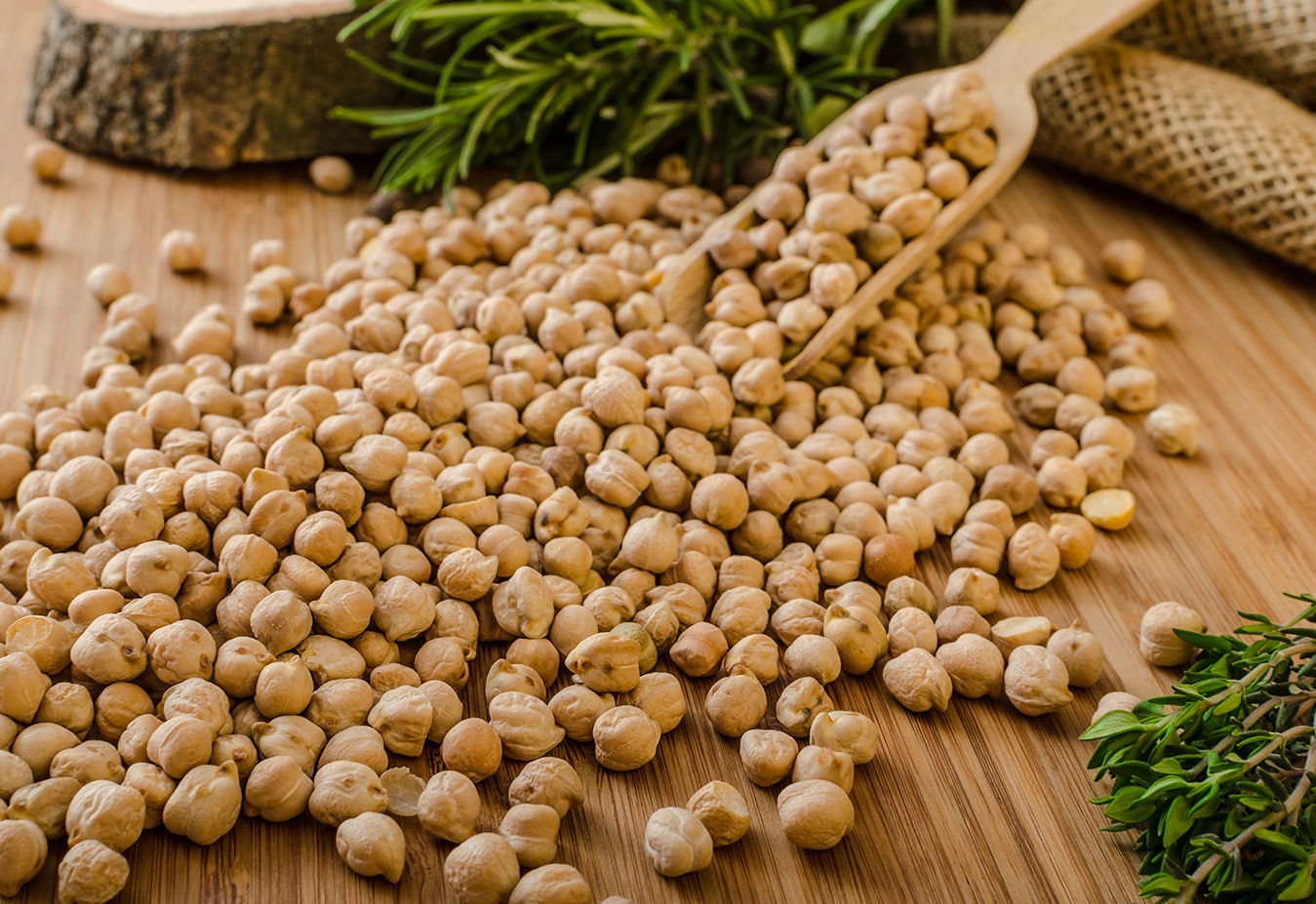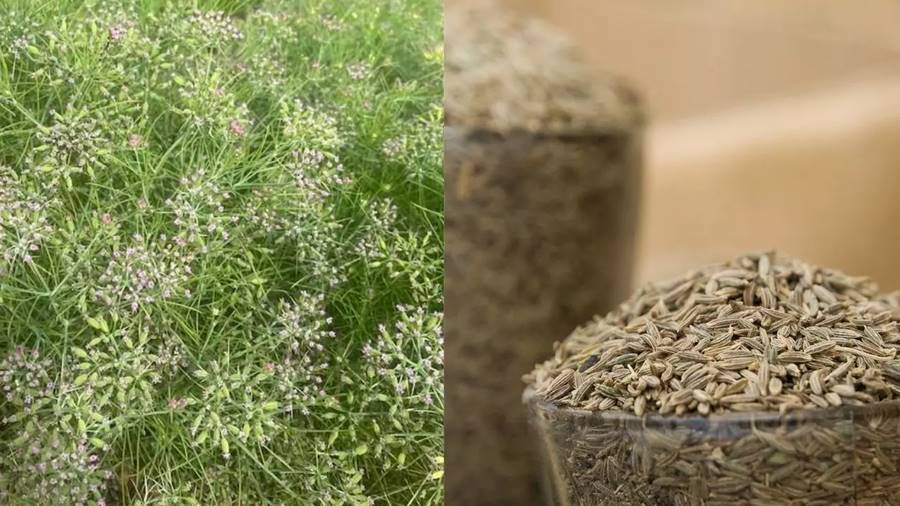Even as excessive rains continue to harm the Kharif crops in important growing regions, the government is attempting to accumulate inventories of imported pulses, primarily tur and urad, to supplement supply and prepare for potential future market interventions. For the delivery of imported tur at designated warehouses in Chennai, Nhava Sheva, Kandla, and Mundra, Nafed has issued an invitation to tender on behalf of the Department of Consumer Affairs. The proposals are for the supply of tur from countries like Mozambique, Malawi, Tanzania, Myanmar, and Sudan for the 2022 growing season.
According to Chauhan, tur has already begun to arrive from African nations, although the domestic harvest won’t arrive until December. Crop damage has been reported in Tur, according to India Pulses and Grains Association Chairman Bimal Kothari, and the losses should be known by the end of the month. The government’s first advance projections of 3.89 million tonnes, a three-year low, suggest that the upcoming domestic tur harvest may be lower. Production in 2017 totaled 4.34 million tonnes. Urad production has been estimated at 1.84 million tonnes, down from 1.94 million tonnes the previous year.
The weighted average price of tur is currently $6,558 per quintal at agricultural produce marketing committee (APMC) yards across the nation, which is below the minimum support price of $6,600, according to the Agmarknet portal. The cost was 5,671 a month ago. Prices for urad are prevailing at $5,764 per quintal, a slight increase from a month ago. They do fall short of the MSP of $6,600, though.
Nafed would be looking to purchase about 1 lakh tonnes of imported tur, according to international agri-commodities trader Satish Upadhyay, and there are no carryover supplies from the previous year. The demand-supply gap might be closed by imports from Africa, which could reach 7 lakh tonnes, and from Myanmar, which could reach 22.5 lakh tonnes. Upadhyay predicted that in a month, a nearly complete picture of the domestic crop would be accessible due to some late sowing in Gujarat, Uttar Pradesh, and Madhya Pradesh. On the other hand, excessive rainfall in Uttar Pradesh is a matter of worry. Eastern U.P. has received 400 %more precipitation than western U.P. which has received over 700% more.

